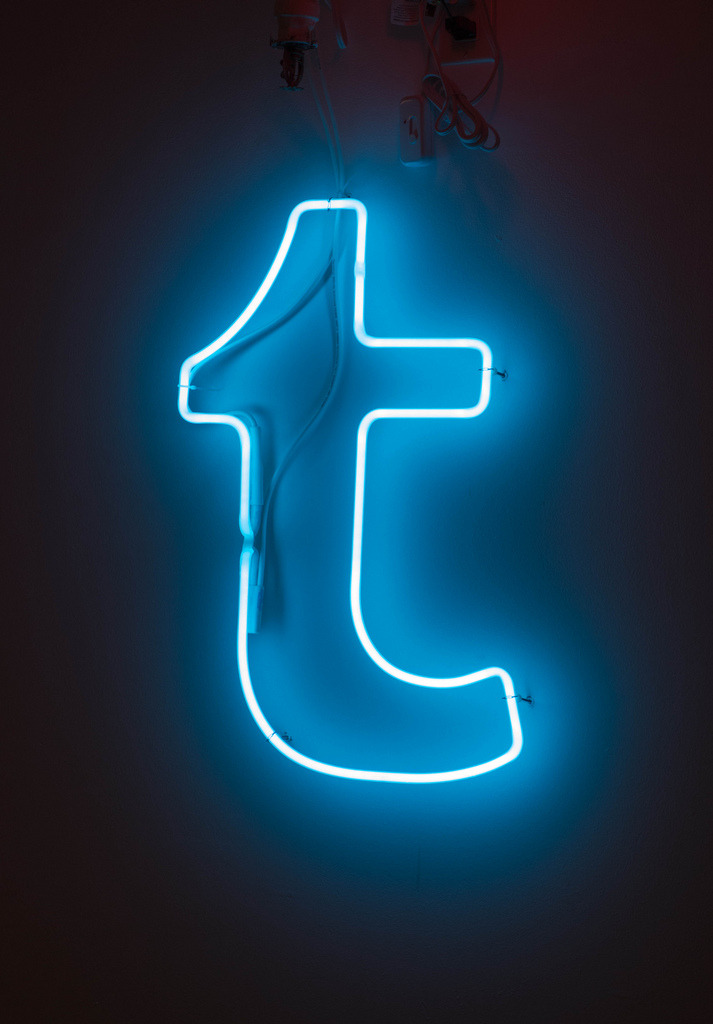Sports doctors are known
as medical professionals who specialize in diagnosing and treating
the injuries of athletes. They focus on joint, bone and muscle
health, and they also give general medical care to the people they
work with. The field of sports medicine prepares these doctors for a
flexible work environment, as they may have to work in
non-traditional medical facilities such as a sporting venue clinic or
in professional or college-level sporting events. In fact, their
field continues to evolve as some of them venture into fitness
centers, while others choose to focus on specific groups like
geriatric populations or school-age children.
Those who aspire to be
sports doctors must first complete a bachelor's degree, complete with
a pre-med concentration so they have sufficient background in
biology, chemistry, and physics. They will also be required to pass
the Medical College Admission Test so they can be accepted into
medical school. Those who pursue sports medicine are usually sports
lovers themselves, and are generally involved in some kind of team or
individual sports activity. The majority complete a Doctor of
Osteopathic Medicine (DO) or a Doctor of Medicine (MD) degree.
Every state mandates that
these doctors have to be licensed. Being certified by a recognized
organization also adds to their credentials. The certification shows
that the sports doctor has met the professional requirements of the
organization. The American Board of Medical Specialists and the
American Osteopathic Association are the organizations that provide
this certification.

